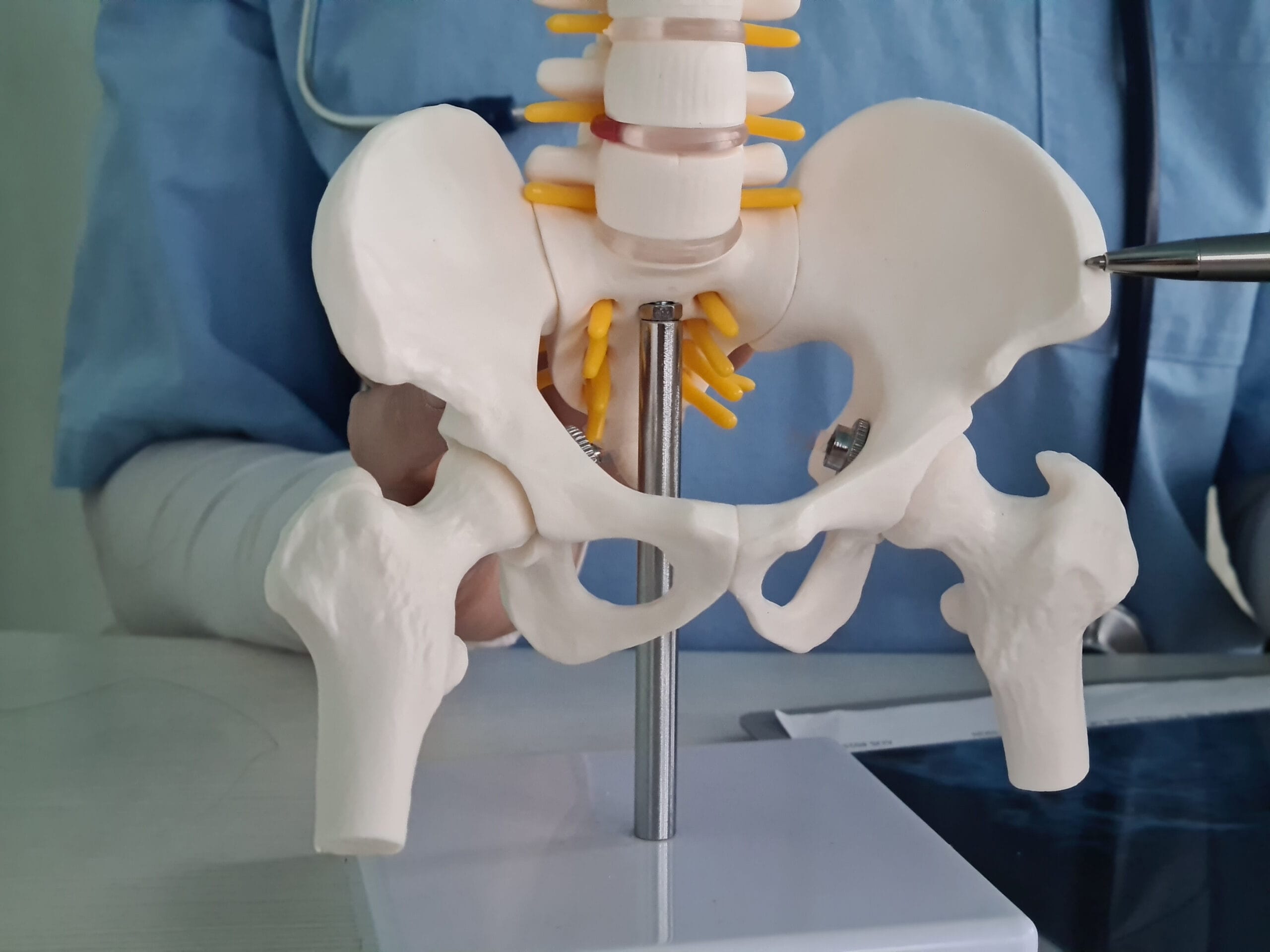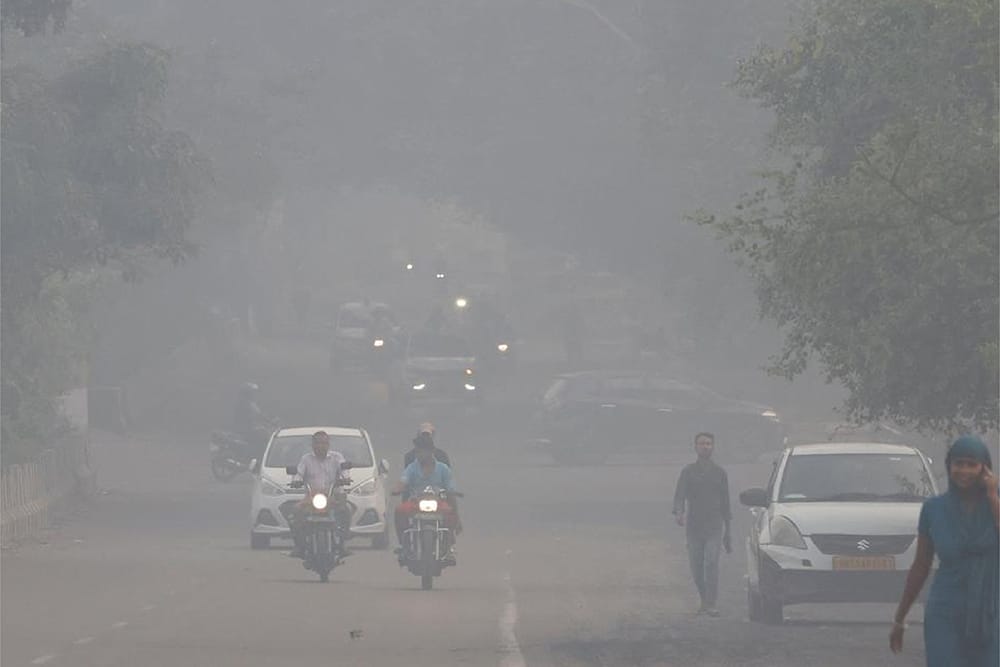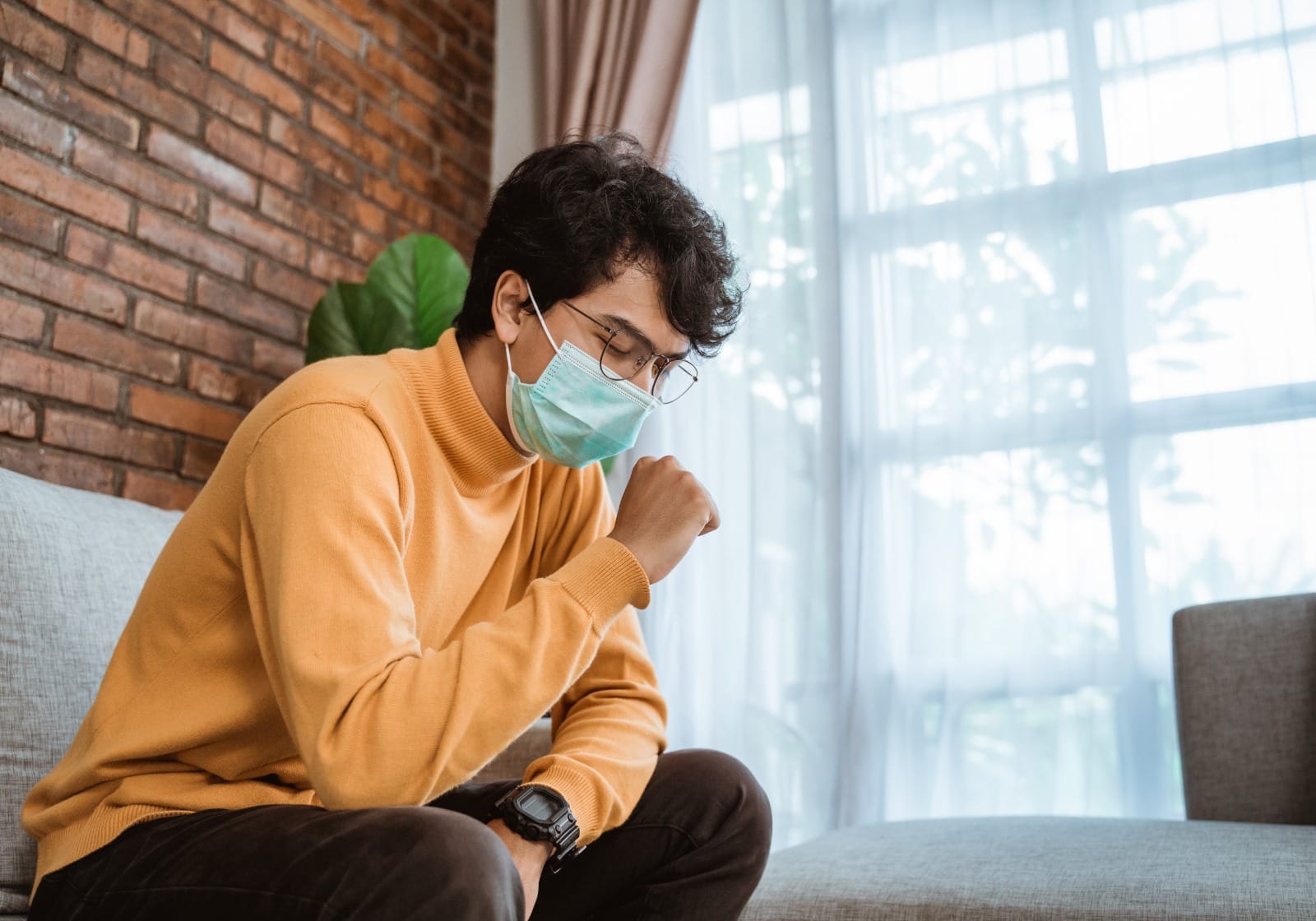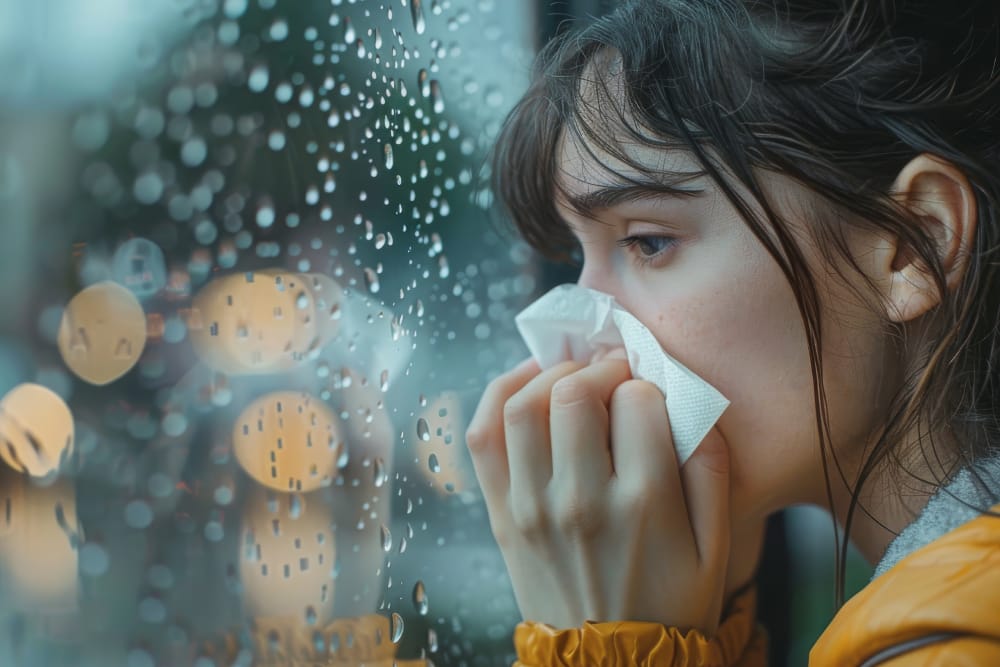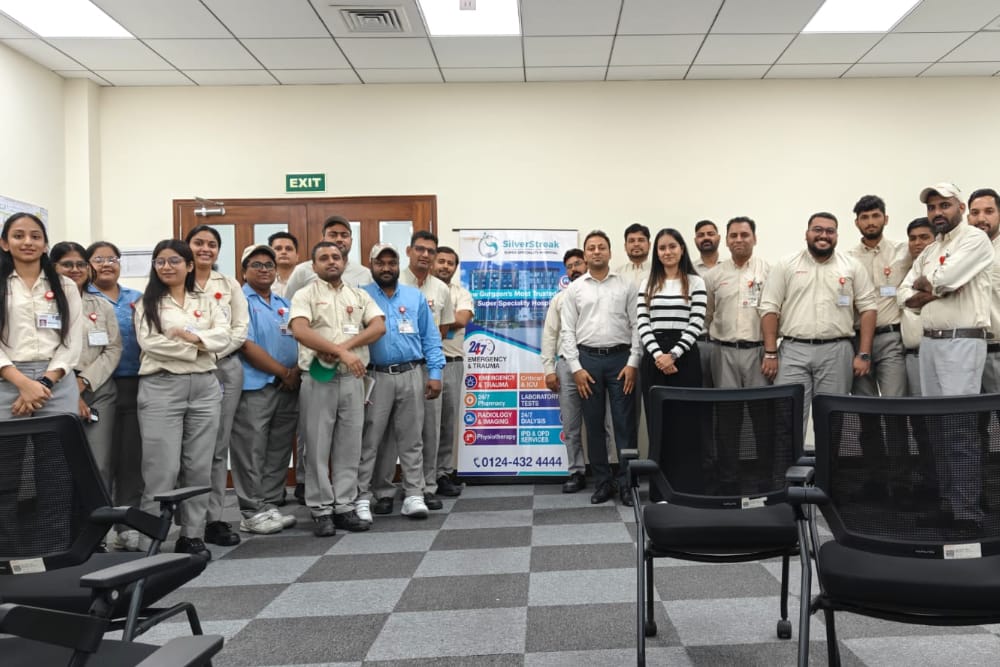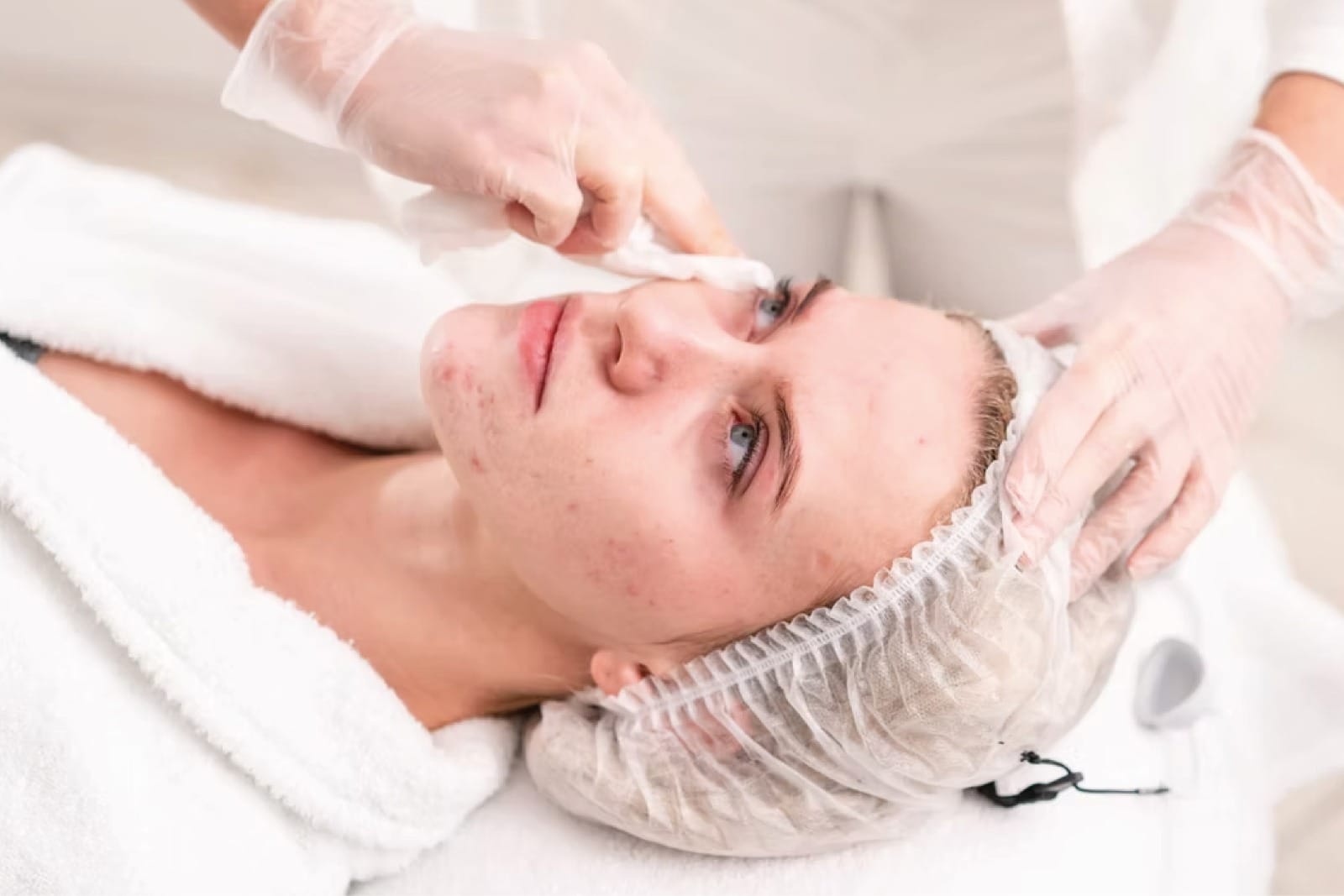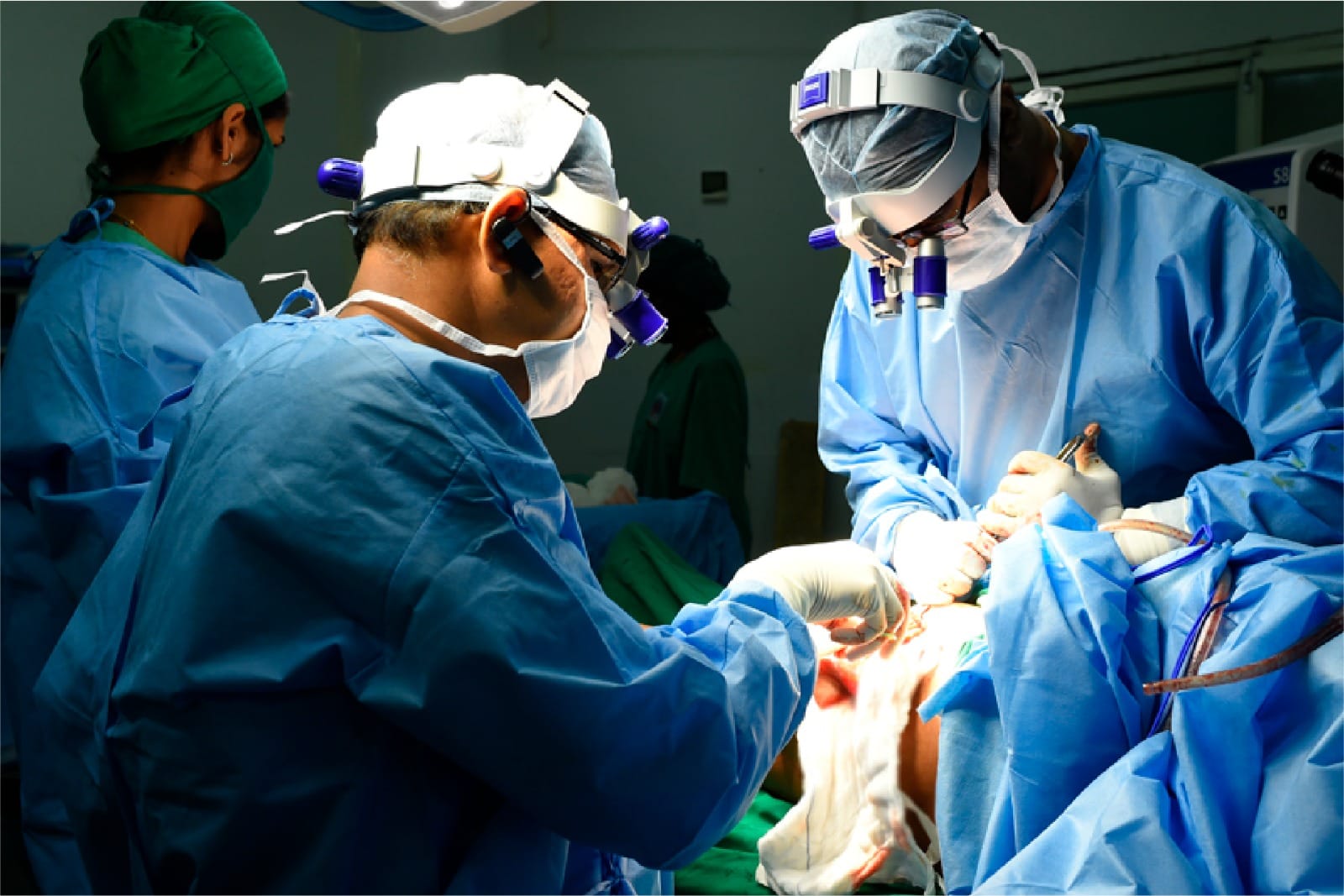Protecting Yourself Against Dengue: Monsoon Safety Guide by Dr Vikas Vashishth Internal Medicine Specialist
-

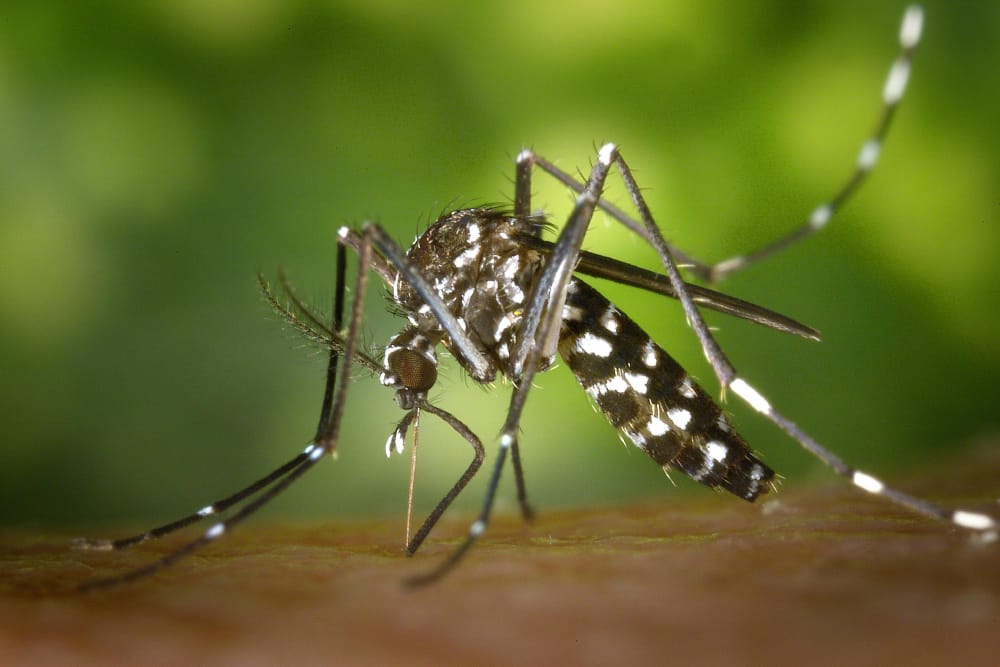
The arrival of the monsoon brings welcome relief from the scorching summer heat, but it also ushers in a season of heightened health risks. Warm, humid air combined with pools of stagnant water creates the perfect environment for mosquitoes to multiply, increasing the threat of diseases such as dengue and malaria. Dengue, in particular, emerges as a significant public health concern every year, with cases often spiking during and after heavy rains. Without timely preventive measures, infections can escalate quickly and even become life-threatening.
Speaking to HT Lifestyle, डॉ. विकास वशिष्ठ, Internal Medicine Specialist at Silverstreak Multispeciality Hospital, warned,
“The Aedes aegypti mosquito—most active during the early morning and late afternoon—breeds in clean, stagnant water. This makes the monsoon season an ideal time for the dengue virus to spread.”
To help you safeguard yourself and your loved ones during this vulnerable period, Dr. Vashisth shared crucial preventive strategies. Here’s a detailed guide:
Even the smallest puddle can turn into a breeding hotspot for mosquitoes. Inspect your surroundings regularly—empty and scrub buckets, coolers, flower vases, birdbaths, and discarded tyres at least once a week. Cover water storage containers like tanks and pet water bowls. Don’t forget to clear blocked drains and unclog rooftop gutters, where rainwater often accumulates unnoticed.
During peak mosquito activity hours, protect yourself by applying repellents with proven ingredients. For children, opt for gentle yet effective alternatives like mosquito roll-ons or wearable patches when they are outdoors. Consistency is key—apply repellents before exposure and reapply as needed.
Clothing can be your first line of defence. Choose long-sleeved tops, full-length trousers, socks, and closed footwear to reduce exposed skin. Lighter shades are preferable, as mosquitoes are more drawn to dark colours. Breathable fabrics like cotton ensure comfort without compromising coverage.
Prevent mosquitoes from entering your living space by installing well-fitted mesh screens on doors and windows. In areas with high infection rates, sleep under mosquito nets—even indoors. For added protection, consider using insecticide-treated nets.
Awareness of symptoms can make all the difference. Common warning signs include sudden high fever, intense headache, pain behind the eyes, muscle and joint aches, skin rashes, and nausea. If you or someone in your family experiences these symptoms, seek immediate medical attention—early diagnosis and care can significantly improve recovery outcomes.
Personal vigilance is powerful, but community cooperation multiplies its impact. Follow official health updates, be aware of outbreak alerts in your area, and participate in local clean-up campaigns to eliminate mosquito breeding grounds. Collective responsibility can help curb the spread of infections before they spiral into epidemics.
Bottom line: The monsoon is a time of beauty and renewal, but also one of caution. By taking consistent preventive measures and staying alert to warning signs, you can enjoy the rains while keeping mosquito-borne illnesses at bay.




